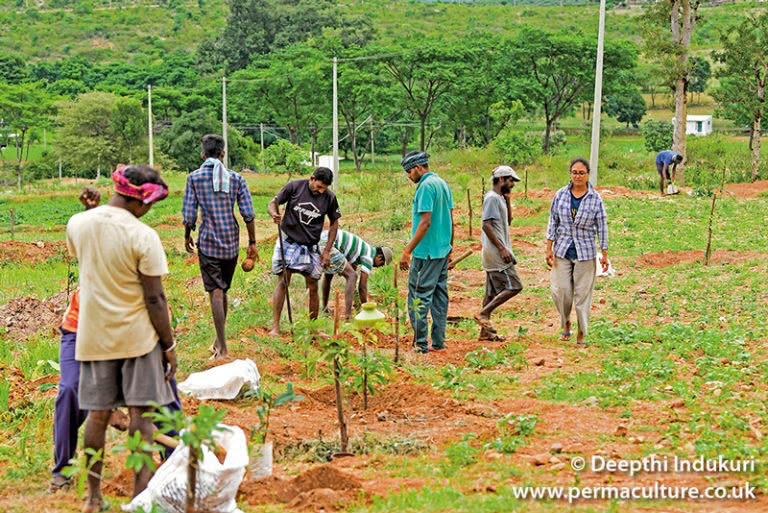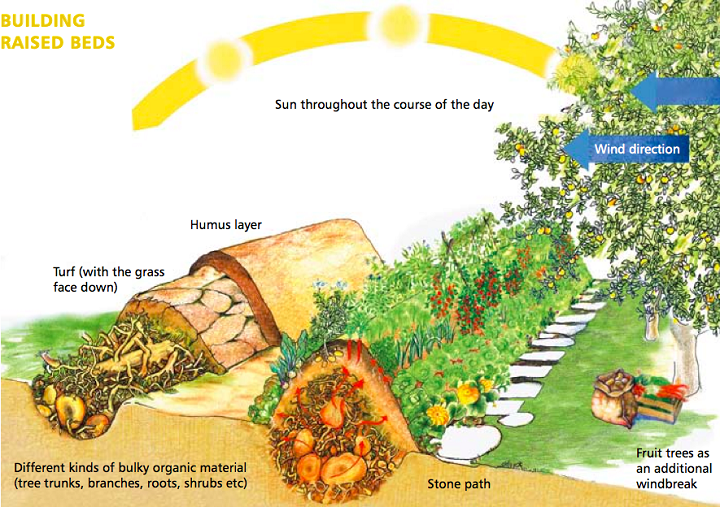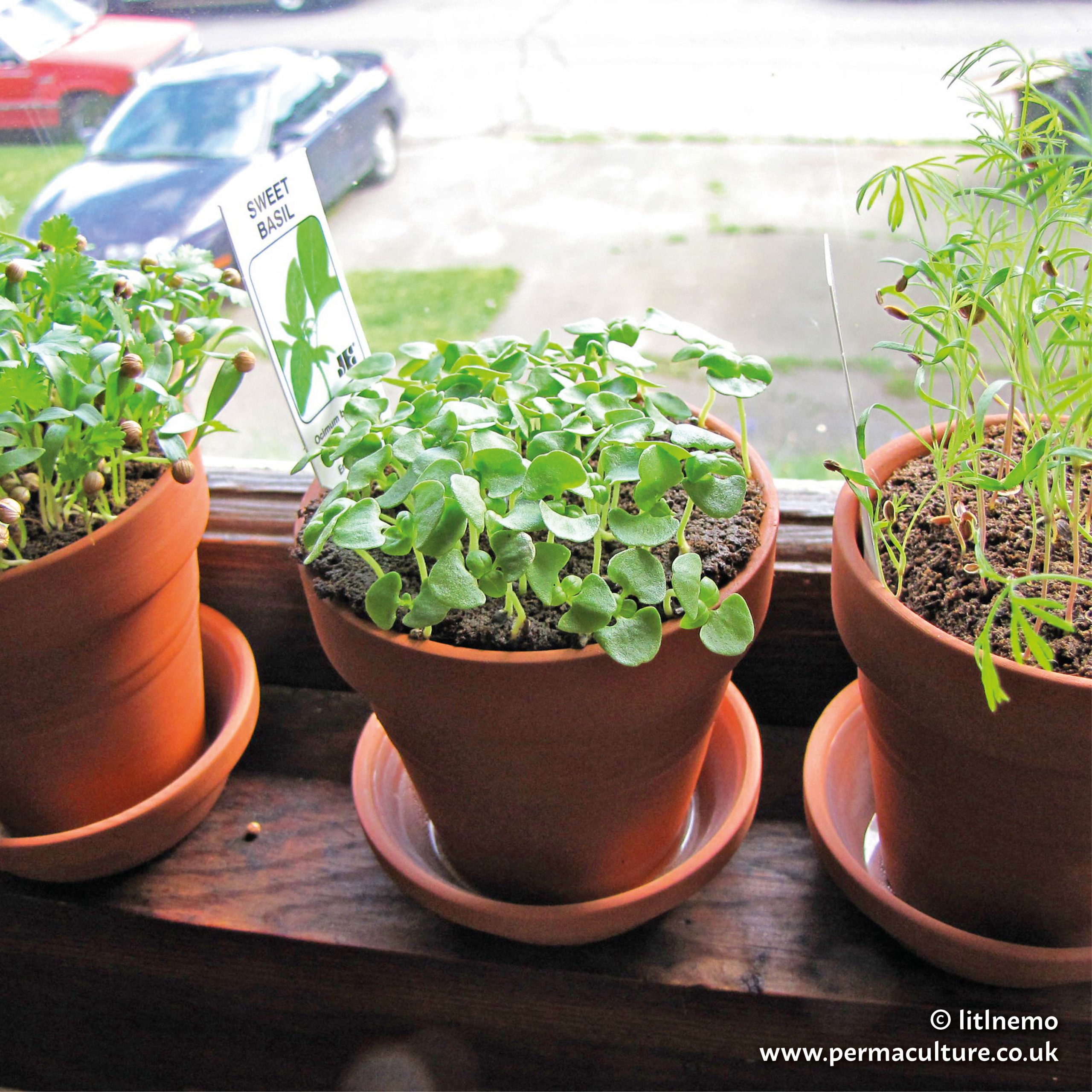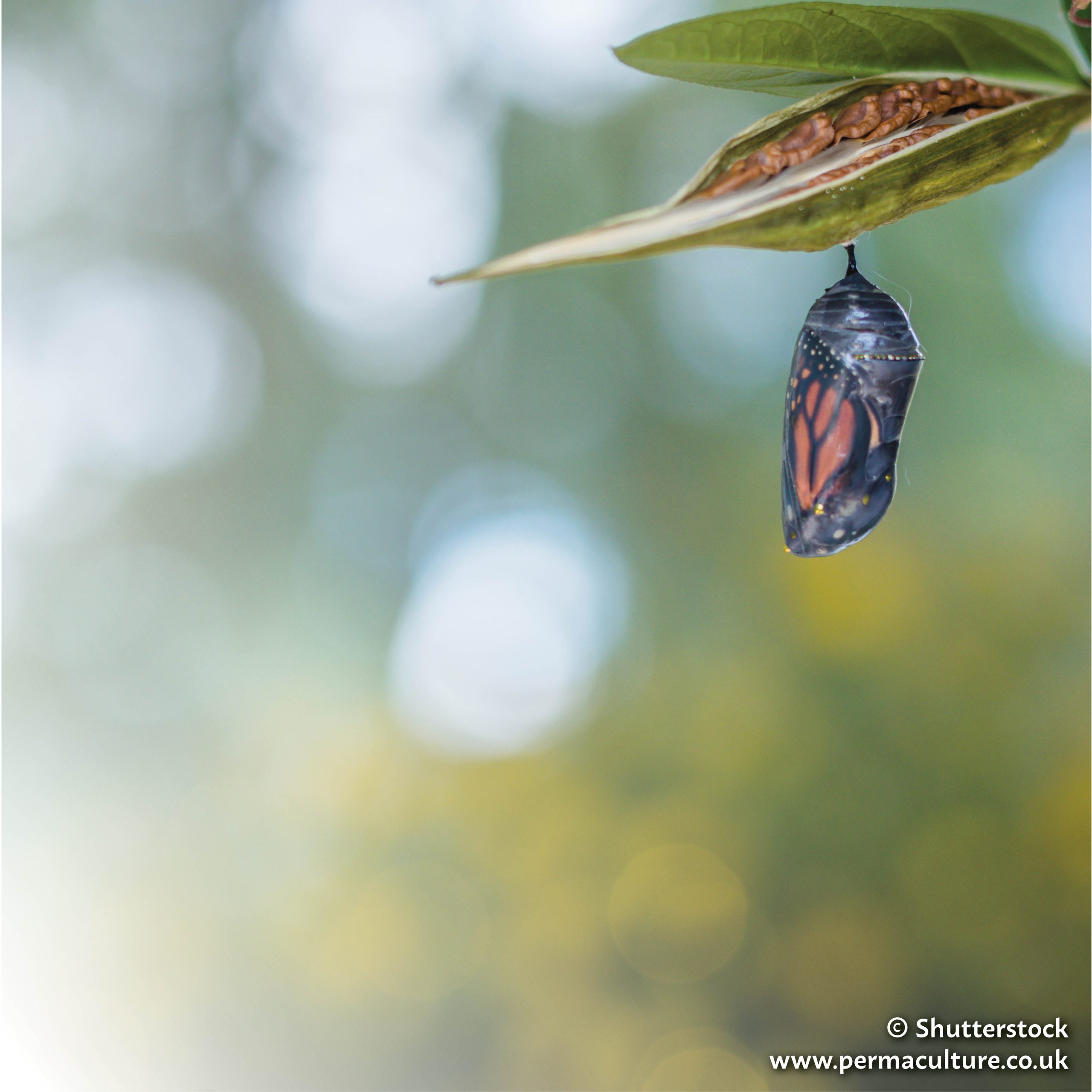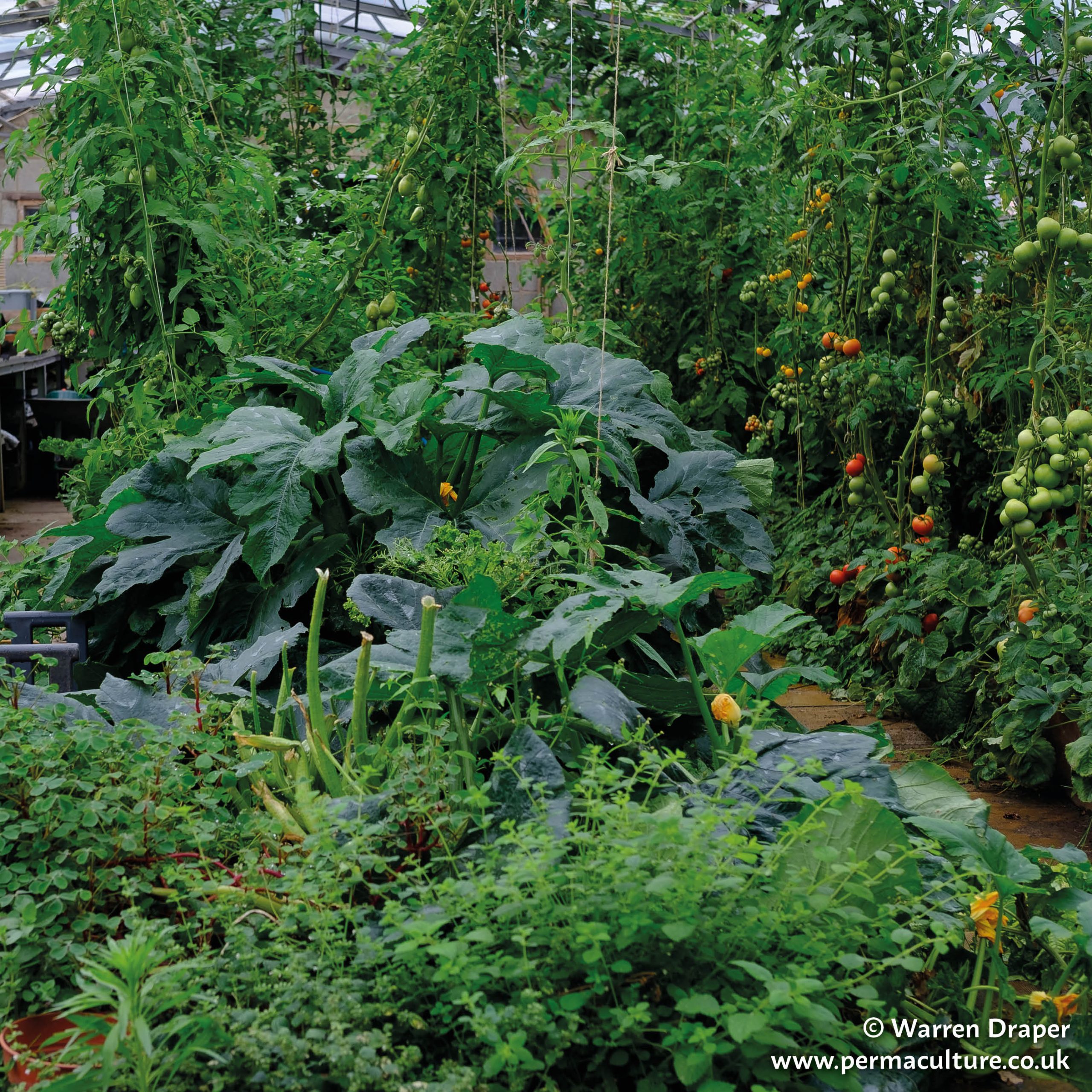A comprehensive book that covers the extensive topics of commercial growing in today’s world.
It’s fascinating because it works at many levels. I looked at it through the lens of a teaching/consultant permaculturist – that meant, design, permanence, water, low energy with critiques of techniques/strategies and updating for climate emergencies.
On one level it’s a ‘how to do it’ manual, but actually the implications and discussions around the authors’ experiences are more enduring. I am fascinated by their interweaving of permaculture principles, with statements that perhaps only ‘permies’ would pick up, such as ‘permaculture is not maintenance or work-free’. Permaculture ethics and principles are embedded but not ‘loudly’. Although we work with nature, nature doesn’t harvest and remove huge amounts of nutrients – they stay on site and have to be replaced by humans if harvested. The human factor, the gardener, is also intriguing because permaculture doesn’t mention the decisions and experience of the humans in systems. Humans are integrated – to the point of how to work more economically or use tools efficiently. This is very valuable.
The discussions on permanence, which is where permaculture originated 50 years ago, are valuable. The authors then jump to our present motivation in design, which is about adaptability in our designs and gardens. Now we are asking permaculturists to consider how they will adapt their designs as the climate changes or disasters are more common. When talking about techniques the authors always mention context. This is often missing in other garden books.
I like the scope, from local techniques to regional strategies and then principles and ethics. There is something for every reader/gardener. It will be a book to keep and dip into often – a tattered and fond companion.
The presentation of the book is also engaging. Excellent photos; useful graphs; beautiful illustrations – I especially like seeing vegetable root systems; and great plant lists for every occasion. The material is organised logically and is easy to read – it’s packed full of information but written in a comforting and casual manner.
I look forward to their third volume.
Review by Rosemary Morrow, permaculture author and teacher
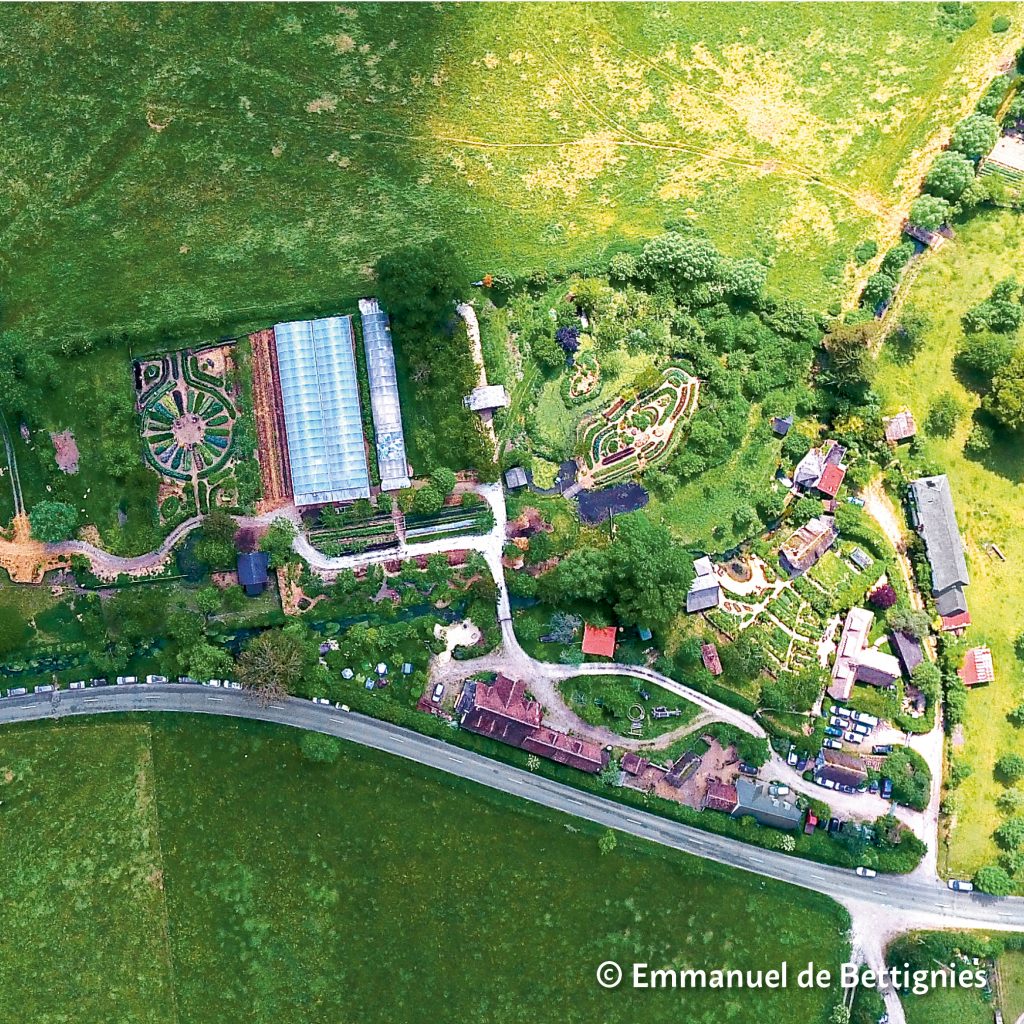
—
This remarkable book is not just a manual for market gardeners; it’s a masterpiece… I am particularly interested in the food forest aspect as I am focusing heavily on integrating and designing versions of linear food forests. Huw Richards, YouTuber, author and gardener
Order your copy of Living with the Earth: Volume two HERE
From the authors: Organic market gardening at its best
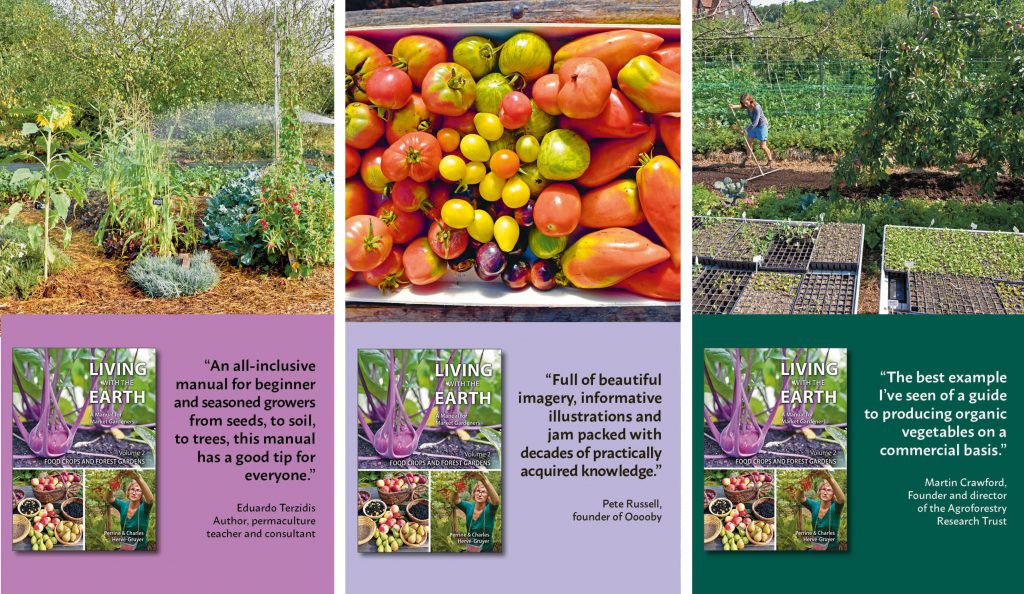
Rosemary Morrow is a world-renowned permaculture teacher and author.
See also: www.permacultureforrefugees.org
